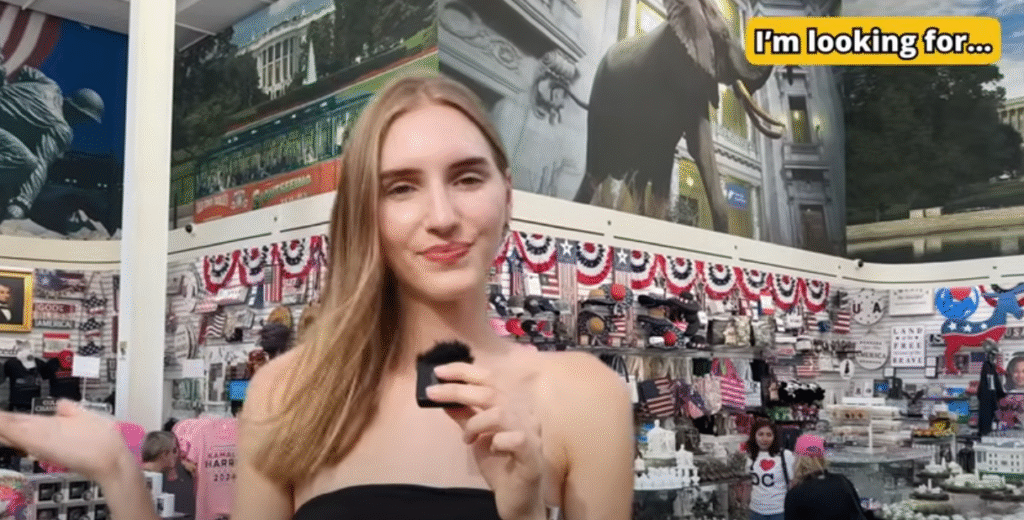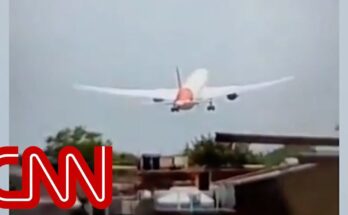Traveling to the United States is an exciting adventure filled with diverse cultures, stunning landscapes, and vibrant cities. Whether you’re exploring the bustling streets of New York City, the sunny beaches of California, or the historic landmarks of Washington D.C., having a basic understanding of English phrases can significantly enhance your travel experience. While many Americans are friendly and willing to help, communication can sometimes become a barrier if you’re unfamiliar with common expressions.
Here are ten essential phrases every traveler should learn before visiting the USA, along with explanations, usage tips, and why they matter.

1. “Excuse me.”
This is one of the most polite and useful phrases you can use in any situation. Whether you need to get someone’s attention, pass through a crowd, or ask for help, “Excuse me” is the go-to phrase. Americans value personal space and manners, and using this phrase shows respect.
Example use:
- “Excuse me, could you tell me how to get to Times Square?”
It can also be used to apologize lightly if you bump into someone or need to interrupt a conversation.
2. “How much does this cost?”
Shopping is a big part of the travel experience, whether it’s buying souvenirs, clothing, or food. This phrase will come in handy at stores, markets, and even some restaurants. While many prices are labeled, asking politely can help you confirm the amount, especially when taxes or tipping may apply.
Example use:
- “How much does this cost?”
- “Is this on sale?” (another useful follow-up)
3. “Where is the restroom?”
In the U.S., people usually say “restroom” or “bathroom” instead of “toilet” or “WC.” Knowing how to ask for it will save you confusion or awkward moments, especially in public places like malls, restaurants, or parks.
Example use:
- “Excuse me, where is the restroom?”
It’s a simple question, but absolutely essential for any traveler.
4. “Can you help me, please?”
This phrase is especially useful when you find yourself lost, confused, or need assistance with directions, public transport, or anything else. Adding “please” makes it polite, and Americans generally appreciate courteous behavior.
Example use:
- “Can you help me, please? I’m trying to find this address.”
Don’t hesitate to ask for help. Most Americans are willing to assist if approached kindly.
5. “I don’t understand.”
Despite your best efforts, you may sometimes not understand what someone says due to slang, fast speech, or unfamiliar accents. Saying this phrase is better than nodding without understanding.
Example use:
- “I’m sorry, I don’t understand. Could you repeat that more slowly?”
This lets the other person know to clarify or rephrase their statement.
6. “Do you speak [your language]?”
If English becomes too difficult, it’s okay to ask if someone speaks your native language. In large cities like New York, Los Angeles, or Miami, you may find people who speak Spanish, French, Mandarin, or other common global languages.
Example use:
- “Do you speak Spanish?”
- “Is there someone here who speaks French?”
Even if the answer is no, many people will try to help using gestures or translation apps.

7. “I’m looking for this address.”
This is crucial when using a map, showing a written address, or asking for directions. Americans often use landmarks (like stores or gas stations) to explain directions, so having a clear way to ask is key.
Example use:
- “Hi, I’m looking for this address. Can you help me find it?”
Showing the address on your phone or paper can help them assist you more accurately.
8. “I’d like to order…”
If you’re eating at restaurants, ordering food is something you’ll do daily. While pointing at menus works, using this phrase will make the experience smoother. Americans often appreciate clarity when it comes to orders, especially in fast-paced or casual places.
Example use:
- “I’d like to order the cheeseburger with fries, please.”
You can also follow up with dietary requests: “Does this have nuts?” or “Is this vegetarian?”

9. “Thank you!”
Politeness goes a long way. Saying “Thank you” is standard in any customer service interaction—at a hotel, restaurant, store, or even when someone holds the door open for you. It helps build a good impression and shows appreciation.
Example use:
- “Thank you so much for your help!”
- “Thanks, I really appreciate it.”
Small kindnesses can lead to better service or even make someone’s day.
10. “I need help. It’s an emergency.”
Hopefully, you won’t need this phrase, but it’s important to know. In case of medical emergencies, accidents, or if you’re lost and feel unsafe, using this phrase can alert people to help you more urgently.
Example use:
- “I need help. It’s an emergency.”
- “Please call 911.” (911 is the emergency number in the U.S.)
Also, familiarize yourself with emergency contact numbers and keep your embassy’s phone number accessible.

Bonus Tips for Communication in the USA
- Speak slowly and clearly. Even if you’re not fluent, speaking calmly will help Americans understand you better.
- Use hand gestures. Pointing, showing directions, or miming actions can bridge language gaps effectively.
- Download translation apps. Tools like Google Translate or iTranslate can be lifesavers when traveling.
- Smile. A warm smile is a universal language that breaks down barriers.
Final Thoughts
Learning a new language can feel overwhelming, but you don’t need to be fluent to enjoy your time in the USA. Mastering just a few essential phrases can open doors, build connections, and make your trip much smoother. From navigating airports and hotels to ordering your favorite meal or asking for help, these ten phrases will serve as your basic survival toolkit.
So before you pack your bags, take a little time to practice these expressions. You’ll not only feel more confident during your travels but also connect more deeply with the people and places you visit. Safe travels and enjoy your American adventure!



